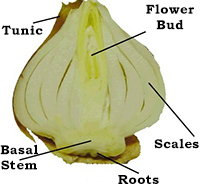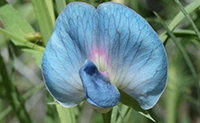Do you live in an apartment or a house with a small backyard? Have you always wanted a garden but don’t have enough space? There’s a solution: Bucket gardening. All you need are some 5 gallon buckets, rocks, peat moss, planting soil, and compost. That might sound like a lot, but it’s actually very simple. This article explains how to grow food in buckets.
Not only is bucket gardening a great solution for people with limited space, it has many advantages over traditional gardening. You can have a greater variety of plants, you won’t have to do any weeding, you’ll have fewer pests deal with, etc. Here’s a list of the many benefits of bucket gardening.
If you decide to give it a try, the first thing you need to ask yourself what you’re going to grow. Beginners should always start with very easy plants. It will boost their confidence and give them valuable practice before they move on to more difficult plants.
Here’s a list of 15 fruits and veggies you can grow in buckets, grouped by difficulty.
Easy
Lettuce. Lettuce is a prime choice for container gardening with plenty of varieties to choose from. Lettuce works well in shallow containers, and if you want you can inter-plant it with slower growing veggies. Lettuce is great for early spring and late fall harvesting. You can plant lettuce while there is still danger of frost, and plant again in the fall after it starts getting cool. You can even bring your lettuce pots indoors to extend the growing season into early winter.
Chard. Chard is a leafy green from the same family as beets. It grows similar to lettuce, but has a slightly longer growing season. It is cold hardy, and can bolt if your summer is too hot. It is also a good double season crop for spring and fall. If you decide to grow beets, you could skip the chard since beet greens are nearly identical to chard.
Chinese Greens. Bok choi or sui choi are two fun cold weather greens, perfect for an early spring start or a late fall and winter garden. These two greens are awesome in stir fry, and are easy to grow. Once the weather warms up, these greens will bolt but the flower heads still taste good and can add a powerful spice punch to salads.
Kale. Any brassica can be grown in pots, but kale is the easiest since it doesn’t have to form anything other than nice fresh leaves. Kale can be grown throughout the year, but it tastes best after it has had a touch of frost.
All the above greens can be used for cut-and-come-again salads when they are 2 inches or so high.
Moderately Easy
Beets. Beets are similar to chard, but they need deeper soil and more watering. Beets are an awesome root vegetable for containers. Choose smaller beet varieties, or heritage varieties to have the most fun in your container garden. If you’d rather not eat beets because of their overpowering red effects, you could try yellow or albino beets.
Carrots. Easy to grow, and in a container they are very easy to space out or even transplant to make sure they grow well. Choose smaller varieties that do not grow a super long taproot and try to match the variety to the depth of container you are using. Heritage varieties are often sweeter, and smaller than standard varieties. Try Dragon for a fun purple and brilliant orange carrot.
Radishes. Quick to grow and a perfect spring crop to round out your green salads. Choose small short season radishes so that they come to maturity before the heat hits. French Breakfast and Easter Egg are two brilliant colored small radish varieties that are awesome to grow if you have kids.
Moderately Difficult
Beans. For container gardening, choose bush been varieties. They have a shorter grow time than pole beans, and are compact enough for any yard. Most bush bean plants max out size at a foot square, and produce well throughout the season. If you have a porch railing and narrow containers at its foot, you could try some pole bean varieties as well.
Peas. Another lovely spring plant, peas grow best during the cool of spring or during the cool lightly frosted days of fall. Choose edible pod varieties to get the most food from your plants. If it is too warm for peas to come to full fruition, you can try using pea plants as a green. Pea plants are awesome fresh when the plant is just two inches high, and it’s a perfect way to enjoy peas if your spring gets too warm for them to fruit.
Tomatoes. Probably the container planting go-to crop, tomatoes are ubiquitous in containers. Choose smaller plant varieties if your container garden space is limited. Cherry tomatoes are stunning producers, and the tiny tomatoes are easy to dry if the plants over-produce. Cherry tomatoes usually fruit sooner than the larger tomato varieties.
Squash. Summer squash, bush zucchini, and other small squashes can work in container gardens. Bush zucchini and summer squash require fairly deep, nutrient rich soil, but only take up about 4 square feet. Just having two zucchini plants can give you more than enough zucchini for a summer. Vining squash are not recommended for container gardens, unless you have a large patio or outdoor area for them to cover.
Cucumber. Most cucumbers are vining plants, so either choose bush varieties for your container garden or practice vertical gardening and train them up the side of the house, porch, or deck. Lemon Cucumber is an awesome little bush cucumber, and works well if you have a short season.
Difficult
Lemon. Yes, lemons can be grown in containers, or indoors in climates that are too cold for out-door growing. Meyer lemons are the smallest variety, more of a bush, and grow exceptionally well in pots. You can start your own lemon tree from seed. You can also try other citrus like kumquats, or mini oranges for container or indoor growing.
Strawberries. These are an awesome container plant, particularly if you get a strawberry tower or similar contraption to help maximize space. Grow Ever-bearing for steady harvesting from July onward, or try a mixed planter of different varieties. If you get a variety that runners, you can also catch the runners in small pots and perpetuate your supply of strawberry plants. A strawberry plant usually has a productive life of three or four years.
Potatoes. These lovely root veggies need one of two things, either a deep container or a potato bag. Potato bags enable you to grow a good amount of potatoes in a very limited space, and you don’t even need seed potatoes to start your plants. If you have potatoes that have started to sprout, you can simply plant them. As soon as the potato plant starts to flower you can start sneaking potatoes.




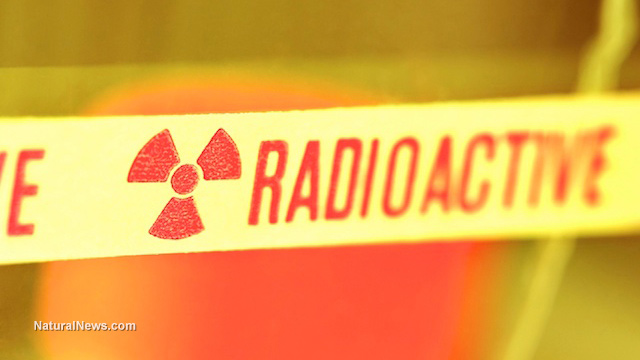
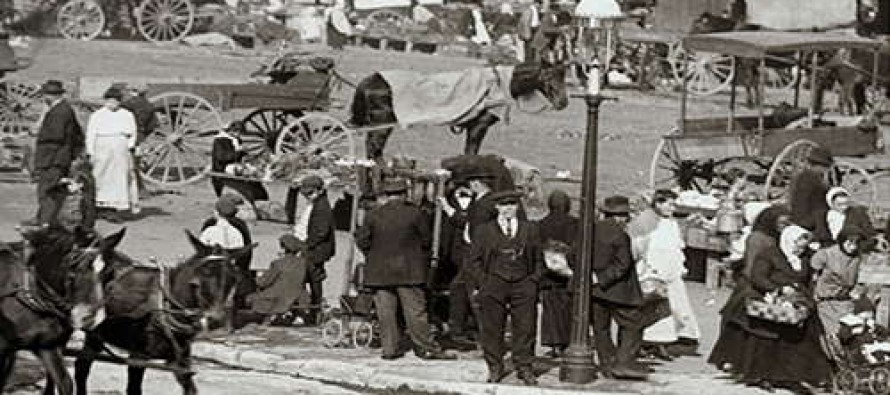
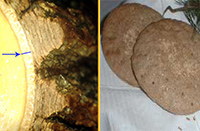
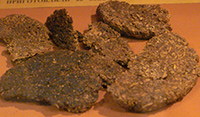

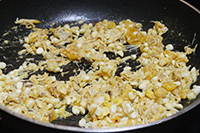 ‘
‘
